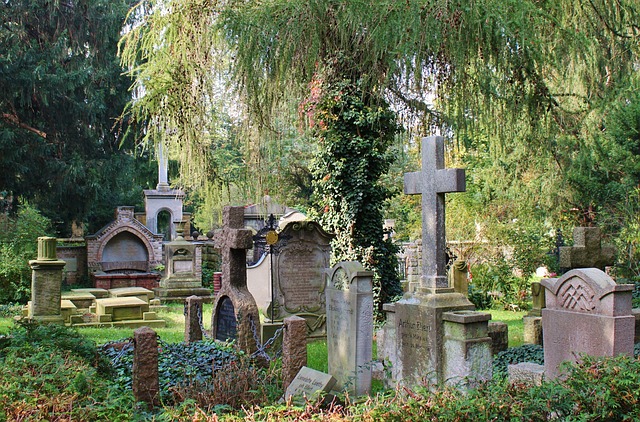Cape Town’s mortuaries are filled to capacity, and authorities are scrambling to come up with solutions to the problem of not having adequate storage for the city’s bodies. The city is the 11th most dangerous in the world, and its increasing crime also adds to the high mortality rate.
During a tour of the Observatory Mortuary – which is already full despite construction still in progress – Professor Lorna Martin, Head of the Forensic Pathology Service in the Western Cape, said the high number of murders in Cape Town means there may not be enough pathology staff to accommodate all new arrivals. The new facility, costing R281-million, will be double the size of the existing mortuary in Salt River. The Western Cape Government Department of Health and the Department of Transport and Public Works have partnered on this project, which will open in January 2020.
Speaking to CapeTalk, the South African Cemetries Association (SACA) said that as the country’s population is estimated to be 57-million people, and the same number of graves will be needed in the next 50 to 80 years.
SACA is a non-profit organisation registered with the Department of Social Development. It plays a pivotal role in entrenching the goals/objectives of making South Africa a dynamic world-class country.
“We, therefore, encourage municipalities, organisations and institutions to support and partner with our initiatives which are driven by sustainable development principles to achieve the goals of a better South Africa,” it said.
Its goal is to promote continuous improvement in the delivery of cemetery and crematoria services to all communities through South Africa.
“The issue is huge and we are running out of space very fast and the biggest cause or factor is population growth. We have seen a population explosion and it has basically taken the history of mankind,” Pepe Dass, SACA Chairman said to CapeTalk. “Over a period of time in lots of municipalities, there has been a tendency to bury a family member in a grave that has been used and that has the effect of bringing families together.”
Dass proposed that more families look at cremation and multi-use graves as an alternative. Multi-use graves are those that are usually dug at six-feet deep, and can accommodate two coffins buried atop one another.
“What needs to happen is that the response to this challenge has to be the same way that we responded to other challenges like HIV,” Dass added. “We need to have an active campaign informing people of the challenges and informing them of the alternatives.”
Picture: Pixabay

